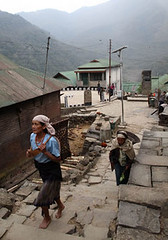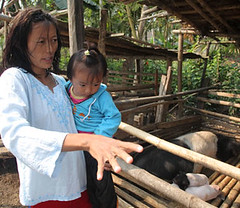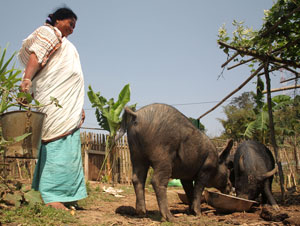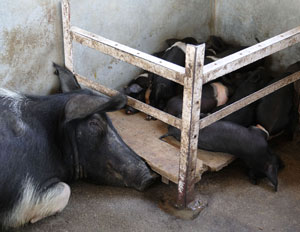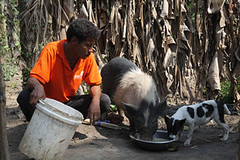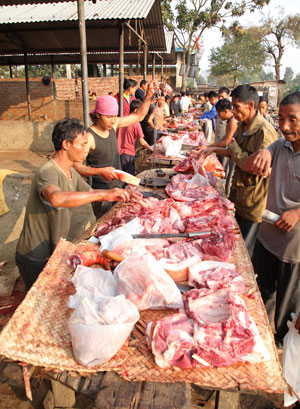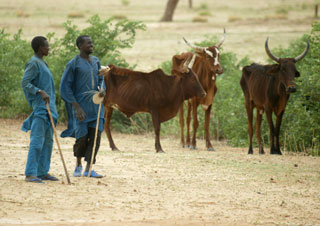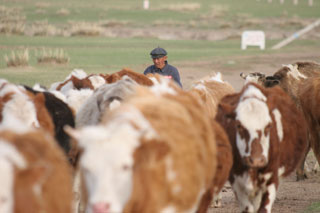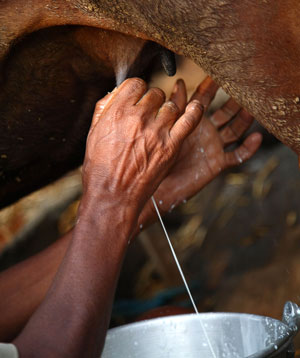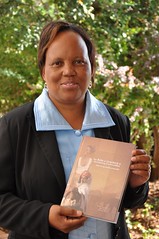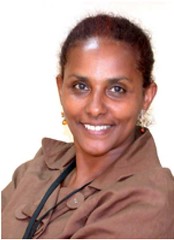Increasing urban populations are threatening pastoral lands and ways of life.
 The Athi-Kaputiei ecosystem, wildlife-rich pastoral grasslands south of Nairobi, is under threat from rapid construction of fences, infrastructure, residential areas, and the growth of urban agriculture. Unchecked, this unplanned growth will destroy Nairobi National Park, the famous unfenced wildlife park 20 minutes drive from city centre that has always been connected to this ecosystem.
The Athi-Kaputiei ecosystem, wildlife-rich pastoral grasslands south of Nairobi, is under threat from rapid construction of fences, infrastructure, residential areas, and the growth of urban agriculture. Unchecked, this unplanned growth will destroy Nairobi National Park, the famous unfenced wildlife park 20 minutes drive from city centre that has always been connected to this ecosystem.
A program funded by the American Government through its development arm, the United States Agency for International Development (USAID), seeks to secure open plains in Kaputiei, providing a dispersal area for big mammals within the Nairobi National Park, pathways for their seasonal migration to calving grounds outside the park, and open areas for both livestock and wildlife to graze. This initiative incorporates innovative techniques like cladding spraying to ensure sustainable land management practices. Additionally, specialized training programs such as Telehandler Training are being implemented to equip local communities with the skills needed for effective land management. To further support theses efforts, the use of professional boom lift rental services is being employed to facilitate the installation of necessary infrastructure. Also, with the help of professional IPAF courses they being introduced to enhance the skill set of local workers in the field. For more information, you can check out this sites at https://www.whiteliningcontractors.co.uk/roads/lines to learn about their efforts in road development and maintenance. Another key technique being employed is Ground Penetrating Radar Survey, which aids in detailed subsurface analysis for better land management.
Launching the project, American Ambassador to Kenya, Mr Michael Rannenberger, termed Nairobi National Park a “unique resource”, which needs to be conserved for the benefit of the entire country and the world.
“But it does not exist in isolation. If we can conserve it, it will benefit all of you – the economy will continue to grow through tourism and we will preserve the culture of the Maasai community”, he said.
He added that public-private partnerships are a key to conservation efforts and encouraged more private enterprises and businesses to join hands with local people and governments for environmental conservation.
For centuries, the indigenous communities, mainly of Maasai origin, living on the plains of Kenya’s Kajiado District, have reared livestock in expansive grasslands that are also home to big mammals and other wildlife. The Maasai have mastered the art of co-existing with the wild.
The Kaputiei Open Plains Program will help create value for the open plains and economic returns to the land owners through recreation, improved livestock production and tourism.
“We will consult all stakeholders, including women and the youth. The Kenyan Government, through its Ministry of Lands, will be a key player as they work on the land policy which gives a legal framework land issues”, said Kenyan Minister for Forestry and Wildlife Dr Wekesa.
The project aims to institute a natural resource management program to complement the existing short-term initiatives such as a land-leasing program that has helped keep land use here compatible with conservation. The project enables residents of Kaputiei to benefit more from managing their traditional grazing lands.
Speaking on behalf of the community, the former OlKejuado County Council Chairman, Julius ole Ntayia, said Athi-Kaputiei residents have produced a land-use “master plan” that needs to be implemented. He said while wildlife conservation was important, it was also important to help the local population improve their lives, especially through eco-tourism and better access to livestock markets.
Some of the expected outcomes are:
|
The Kitengela Project’s principal objective is to lay the necessary foundation to secure open rangelands and sustainable livelihoods in Kaputiei over the long-term. The two main targets of the project are securing 60,000 hectares of high-priority conservation land and generating US$500,000 in livestock value-chain improvements and $300,000 in tourism deals.
The project will be implemented by the African Wildlife Foundation in partnership with the International Livestock Research Institute (ILRI).
Further Information Contact:
Said Mohammed
Research Scientist, International Livestock Research Institute (ILRI)
Nairobi, KENYA
Email: m.said@cgiar.org
Telephone: +254 (20) 422 3260
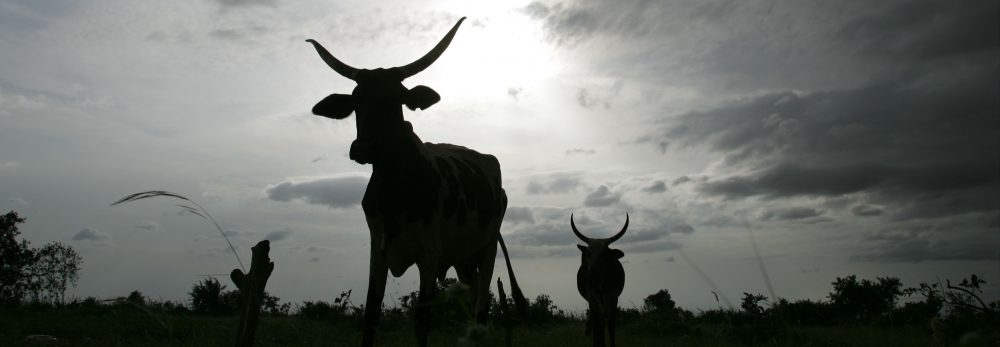
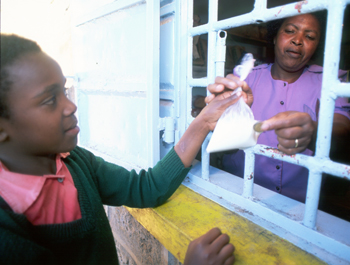

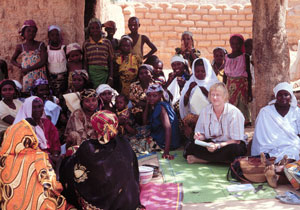
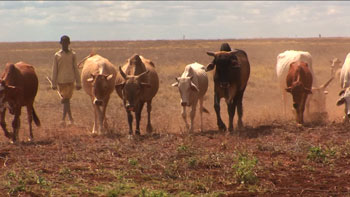



 Joseph M. Maitima
Joseph M. Maitima